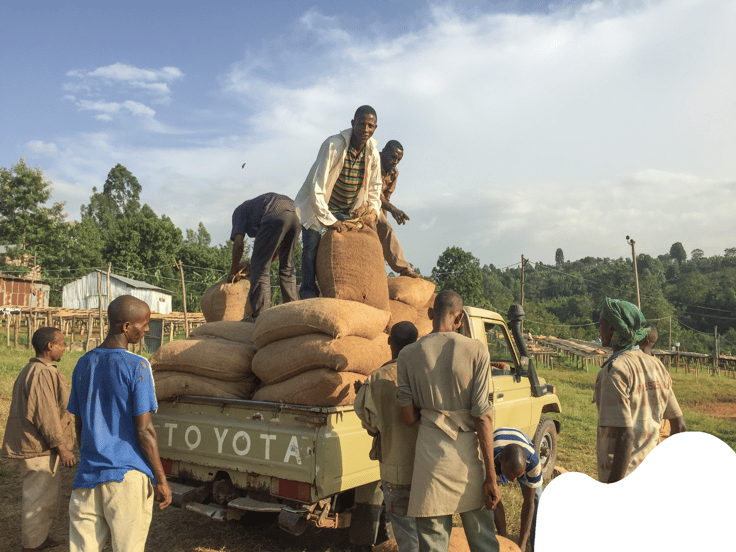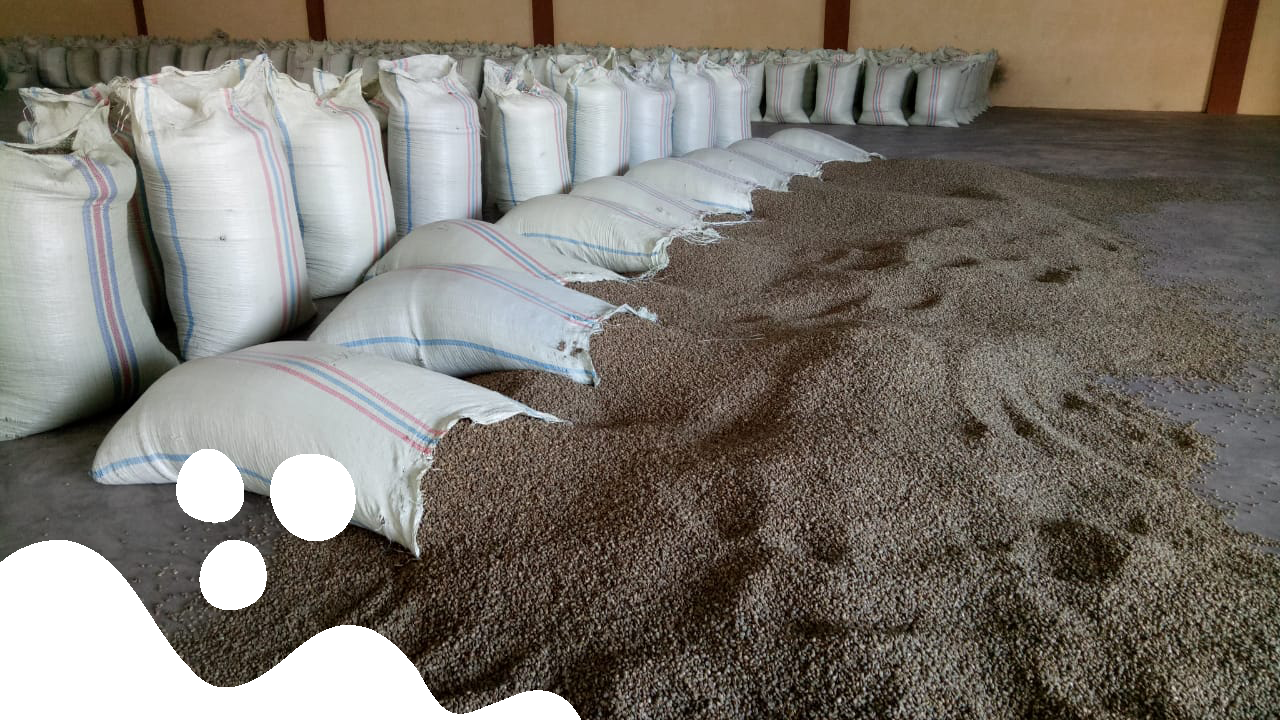
In the previous post of our C-Market series, we took a look at FOB pricing, or the price that buyers pay exporters when coffee is ready to be shipped out. We mentioned in that post that the FOB price is not the same price that individual farmers are paid for their coffee—that would be the farmgate price.
It’s important to note that the conversation in the industry around farmgate pricing is still developing around two central points: a) uncovering farmgate price is the best way of knowing if individual farmers are being paid fairly, which is complicated by the fact that b) in the majority of cases, pinpointing the exact farmgate amount for each farmer can be very difficult. In this blog, we’ll just be going over the logistics of how farmgate pricing works.
________________________________________________
How are Farmgate Prices Set and How Do Farmers Get Paid?
Despite its name, farmers don’t actually get paid at their farms (something that would be especially difficult for small farms in particularly remote areas). Farmers will bring their coffee to certain town plazas or exchange points where they will sell their coffee on the spot to a cooperative or buyer.
At these points of exchange, farmers will find different published prices set by cooperatives and private buyers. These prices will vary depending on the type of coffee being sold and whether the coffee has various premiums associated (Fair Trade, organic, Rainforest Alliance, women’s coffees, etc.). One important point to note here is that farmers are selling their coffee either still in cherry or in parchment; in either form, the coffee is not yet ready to be exported.
This exchange usually occurs on weekends when most people go to the markets to buy their groceries or anything else they need for the following week. Farmers like to bring their coffee with them, receive cash and then use that money for their other purchases at the market.
Payment in Two Stages
For most farmers around the world in regions with just one harvest season, the few months during the harvest and the period shortly after are the only times in which they receive payment for their coffee. Producers get paid twice: first when they sell their coffee at the exchange points (considered the “base” price payment) and again after the coffee has been milled, cupped and scored. The second payment consists of differentials, additional quality premiums if the coffee scores particularly high, and any other associated certification premiums.
Reputable cooperatives and producer organizations will honor the second payment fairly and transparently, but it’s not uncommon for less scrupulous buyers to simply pocket the extra cash. The farmer might not ever know that their coffee scored well and deserved higher premiums; and this is where the dilemma of uncovering true farmgate prices comes in.

Given this split farmer payment structure where the price of the first payment fluctuates day to day depending on the market and the second payment price is determined months later, combined with the fact that coffee changes hands numerous times between farm and export, tracking down clear records of payments can become extremely tricky. Not to mention that the majority of producers in origin countries don’t have access to comprehensive information and data management systems, or even strong internet connections in more remote areas; many still rely on simple spreadsheet software or keep paper records.
For roasters, the best way to ensure that the farmers you’re buying your coffee from are indeed receiving a fair price is to work with importers who have clearly invested in real, long-term, sustainable relationships with their producer partners, and that their partnerships prioritize producer well-being.
________________________________________________
As we mentioned earlier, the topic of farmgate pricing and how to make farmer payments more traceable and transparent is a conversation that’s still developing every day. For a more detailed look into farmer income, we encourage you to give our recent pilot study on Verified Living Income a read!



.png)
